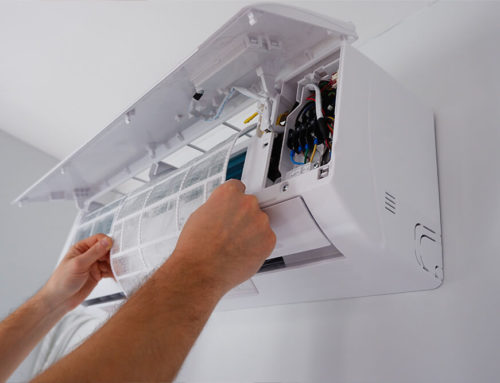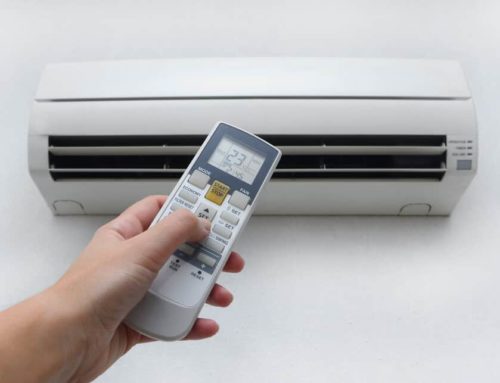Without a doubt, a programmable thermostat is one of the most useful appliances that you can add to your home HVAC system. Not only will it help keep you and your family more comfortable but, with the proper programming, it will also save you on your utility bills every month. Here is a quick rundown on what you need to know about these valuable appliances as well as how to properly program a thermostat:
The Benefits of A Programmable Thermostats
As the “brains” of the operation, programmable thermostats bring a host of benefits to any HVAC system. In particular, they can be used to easily and dependably operate your HVAC system to its greatest efficiency. This fact means that you, your family and your guests will enjoy the greatest comfort levels while still leaving you with a very affordable utility bill at the end of every month.
In addition, programmable thermostats always operate within the normal limits of your HVAC system. In other words, they do not place undue strain on the operating parts as people sometimes do by continually fidgeting with the settings. The end result is an HVAC system that will last longer and need fewer repairs over the course of its useful life.
The Basics of Programming One
Most programmable thermostats are fairly painless to use. Nevertheless, a little guidance never hurt anyone. To start, there are several main varieties – 7-day, 5-1-1, 5-2 and 1-week programming are the most common – of thermostats but programming one type is much like programming the other. With that said, here are the basics that apply to almost any unit:
- Know what you have – The various types of programmable thermostats offer increasingly more options. While good from a functional point of view, the more powerful ones also require a little more care in their set-up. For example, the 1-week unit allows you to vary temperature on an hourly basis but it must remain constant for every day of the week. A 7-day thermostat, however, allows you to vary everything on a daily basis. The first thermostat only takes a few minutes to set up while the second can take an hour or more to fully customize.
- Start with the work week – Most units will have a button designated by “PRGM” or “SET.” By pressing this button you will place the thermostat into programming mode. Typically, an day of the week or even a “M-F” icon will start blinking. This establishes what period of time you are dealing with. Once you are done with this block of time, the thermostat will automatically jump to the next day or to the “SA-SU” setting for the weekend.
- Set the start and stop times – Once you have established the general hours for the weekdays and the weekend, set the baseline temperature for each scheduled interval. For example, lower the temperature during the daylight hours while you are awake and raise it at night when you are sleeping. You will never really notice the difference and this strategy can save you a significant amount of money over the course of a month. Most beneficially, you can essentially turn the HVAC system almost completely off while everyone is out of the house during school and work hours.
- Set the temperature – This setting is probably the most problematic. Start with a relatively high temperature – we recommend 78 degrees – and then adjust as you need. You will be amazed at how soon your family acclimates to this temperature and you will gradually be able to increase it to a few degrees higher. Just don’t tell them or you will be fighting a completely different battle!
- Close out of programming mode – Now that you have all the programming created for the work week, the weekend – with all their associated settings – you need merely exit out of “programming” mode and let the thermostat start to do it work. You should revisit this procedure once every quarter to ensure that your system is meeting both your comfort levels and your financial needs.
A Final Note
It should not be particularly daunting to any homeowner to set their programmable thermostat – especially if you have the included instruction set. If you do not, however, this guide and a little will power will go a long way towards solving your problem. If that doesn’t work, have one of your kids do it. It is much like playing a video game.




